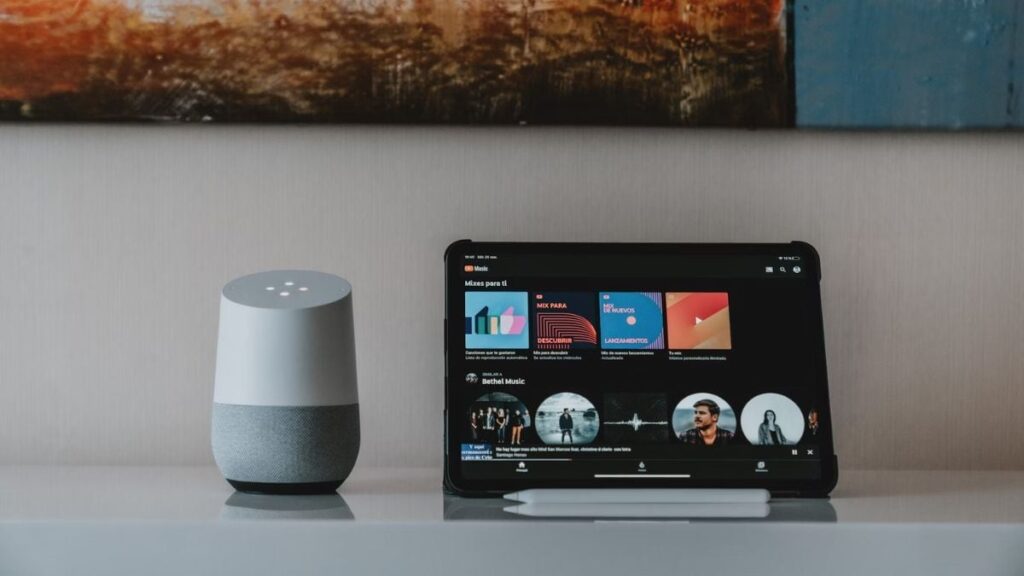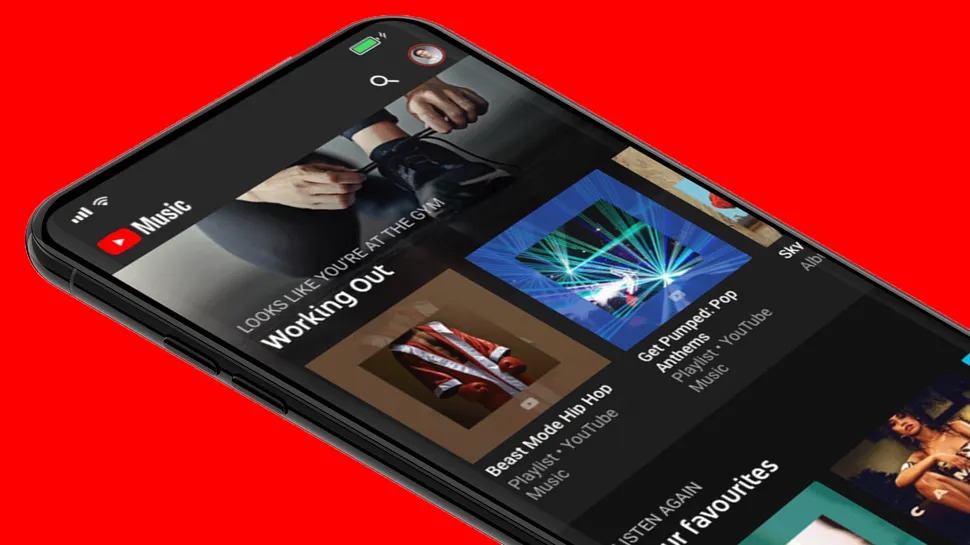
Breaking Down the Feature
User Interface and Interaction
- Access Point: The “Ask for Music Any Way You Like” card on the home feed serves as an inviting entry point for users.
- Input Flexibility: Offering both text and voice input caters to different user preferences and situations.
- Guided Discovery: Suggestion prompts help users who might be unsure how to articulate their musical desires.
AI-Powered Curation
- Natural Language Processing: The AI must interpret user inputs, understanding context, mood, and musical terminology.
- Music Analysis: Behind the scenes, the AI likely analyzes vast amounts of musical data to match user requests with appropriate tracks.
- Dynamic Playlist Creation: The feature generates a unique radio station on-the-fly based on the user’s input.
Implications for Music Streaming
User Experience
- Mood-Based Listening: Allows users to easily find music that matches their current emotional state or desired atmosphere.
- Discovery Enhancement: Potentially exposes users to new artists and genres they might not have found through traditional browsing.
- Reduced Choice Paralysis: Simplifies the often overwhelming process of choosing what to listen to.
For Artists and the Music Industry
- New Exposure Opportunities: Lesser-known artists might gain visibility if the AI matches them to user requests.
- Shift in Promotion Strategies: Artists and labels might need to consider how their music is tagged and categorized to align with potential user queries.
- Data Insights: The feature could provide valuable data on listener preferences and trends.
Challenges and Considerations
Technical Hurdles
- Accuracy of Interpretation: As seen with the “Queer Hip Hop Beats” example, the AI may misinterpret or struggle with nuanced requests.
- Balancing Familiarity and Discovery: The AI needs to strike a balance between playing known favorites and introducing new tracks.
- Handling Ambiguity: Musical tastes can be subjective, and the AI must navigate vague or contradictory inputs.
User Adoption and Education
- Learning Curve: Users may need time to understand how to effectively communicate with the AI for best results.
- Trust Building: Consistency in delivering satisfying playlists will be crucial for user adoption and continued use.
Ethical Considerations
- Data Privacy: How will YouTube Music handle and store the potentially personal information shared in user prompts?
- Algorithmic Bias: Ensuring the AI doesn’t perpetuate biases in music selection or interpretation of user inputs.
The Competitive Landscape
YouTube Music’s AI radio feature enters a competitive field:
- Spotify’s AI DJ: Offers personalized music selections with AI-generated spoken commentary.
- Apple Music’s Personalized Stations: While not AI-driven, they offer mood and activity-based playlists.
- Pandora’s Music Genome Project: An early pioneer in algorithmic music recommendations.
Future Potential
As this feature evolves, we might see:
- Multi-Modal Inputs: Incorporating user’s facial expressions or heart rate data for even more personalized selections.
- Collaborative Playlists: AI-generated playlists that cater to the moods and preferences of multiple users in a group setting.
- Integration with Smart Home Devices: Seamlessly adjusting music based on activities detected in the home.
Conclusion: A New Chapter in Music Streaming
YouTube Music’s AI-powered radio feature represents a significant step towards a more intuitive and personalized music streaming experience. By allowing users to describe their musical desires in natural language, it bridges the gap between human emotion and digital content curation.
While still in its experimental phase, this feature has the potential to reshape how we discover and enjoy music. Its success will depend on the accuracy of its AI interpretations, the quality of its music selections, and its ability to consistently deliver satisfying listening experiences.
As this technology matures, we may be witnessing the early stages of a paradigm shift in how we interact with our music libraries. The days of scrolling through endless playlists might be numbered, replaced by a more conversational and intuitive approach to finding the perfect soundtrack for any moment.










Add Comment